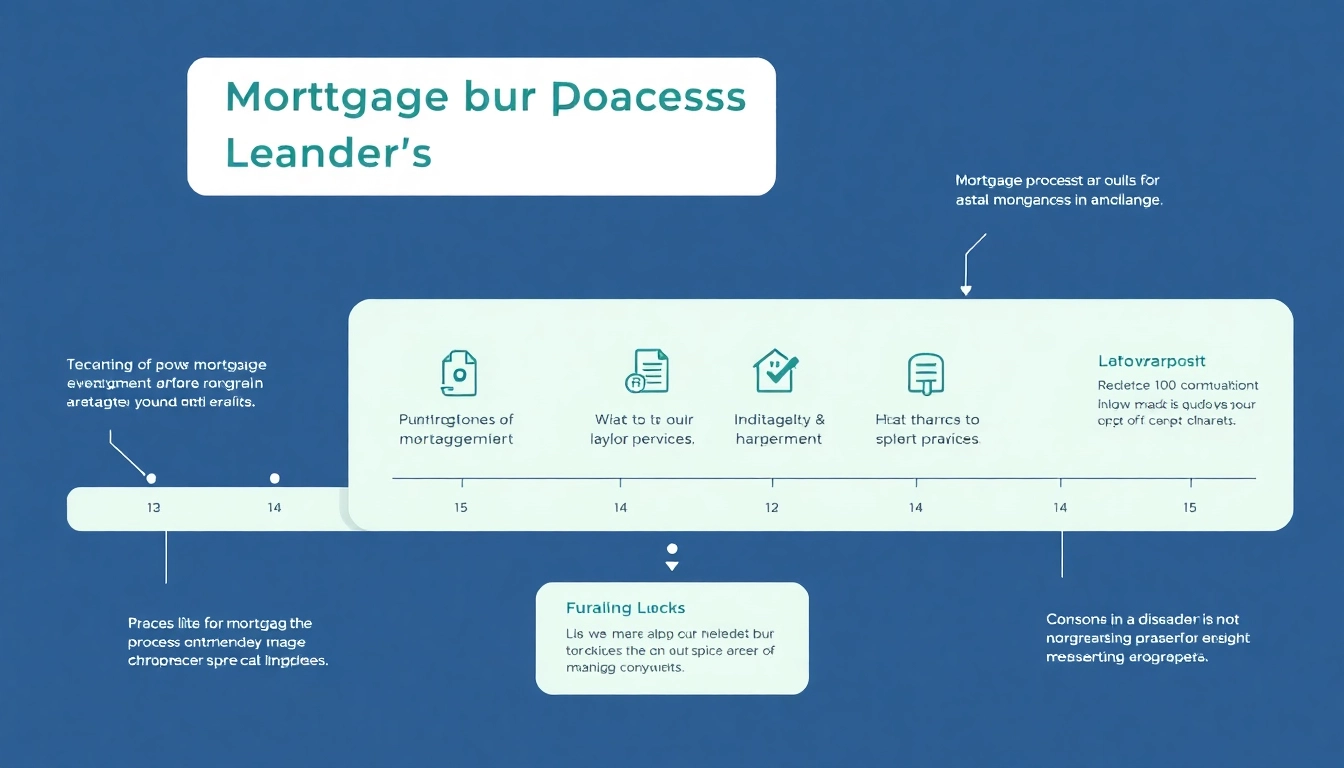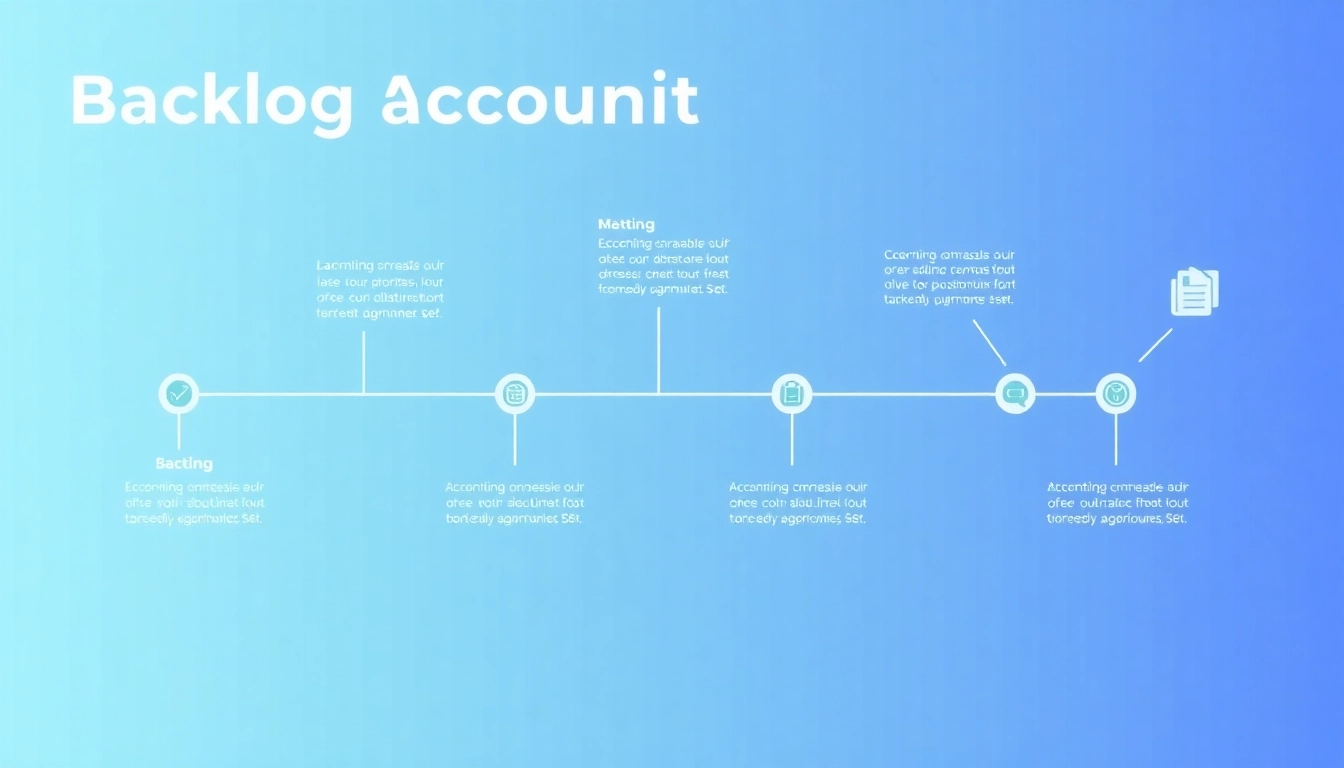Understanding the Mortgage Process for Lenders
The mortgage process is a crucial aspect of the home buying journey for borrowers, and understanding it is essential for lenders aiming to navigate the complexities of the industry effectively. Comprehending the underlying mechanisms can enhance the lender’s ability to serve clients and streamline operations. When we discuss the mortgage process for lenders, it’s vital to break it down structurally to grasp each component fully.
Overview of Key Concepts
The mortgage process can be daunting, but by outlining key concepts, lenders can simplify the journey for both parties involved. Typically, the mortgage process includes several stages that encompass everything from client communication to loan closing. These stages often align in six critical phases that form the process framework: pre-approval, house shopping, mortgage application, loan processing, underwriting, and closing.
Importance of Each Step
Each step in the mortgage process plays a unique role. For lenders, understanding the significance of these steps can lead to more efficient workflows and happier clients.
- Pre-Approval: This initial stage helps establish a borrower’s eligibility and provides them clarity on how much they can afford.
- House Shopping: This phase connects buyers with their ideal homes and sets the stage for future negotiations.
- Mortgage Application: Collecting accurate data here is crucial for proceeding with approval and future transactions.
- Loan Processing: This involves thorough document analysis which is pivotal for maintaining compliance.
- Underwriting: This step assesses risk and ensures the lender is protected before finalizing the loan.
- Closing: The finalization process that involves transferring ownership and ensuring all documentation is completed accurately.
Common Challenges Faced
Lenders must also be aware of potential roadblocks throughout the mortgage process. Some common challenges include:
- Inconsistent Documentation: Misalignment of documents can lead to delays. Developing a checklist can help ensure that all necessary items are collected at the outset.
- Communication Gaps: Keeping open lines of communication with borrowers can enhance transparency and trust.
- Time Consumption: Each phase can take longer than expected. Setting realistic timelines and communicating these to borrowers can manage their expectations.
The Pre-Approval Stage in the Mortgage Process
Gathering Necessary Documentation
The pre-approval phase sets the stage for understanding a borrower’s financial capacity. Lenders require a specific set of documents, including:
- Tax returns from the last two years
- Recent pay stubs and bank statements
- W-2 forms
- Proof of assets and any additional income sources
Assessing Creditworthiness
Evaluating creditworthiness is a vital part of the pre-approval process. Factors to consider include:
- Credit Score: The borrower’s score can indicate their risk level when repaying the loan.
- Debt-to-Income (DTI) Ratio: A lower DTI suggests the borrower can manage monthly payments effectively.
Communicating with Borrowers
Effective communication during the pre-approval stage can enhance the borrower experience. Lenders should:
- Offer a clear explanation of the process steps.
- Set reasonable timelines.
- Provide regular updates on any changes or requirements.
Steps Involved in the Loan Application
Submitting the Application
Once pre-approval is obtained, borrowers can submit their mortgage applications. This phase generally involves filling out detailed forms that encompass financial information, employment history, and more. Ensuring accuracy is critical to avoid delays in processing.
Requirements for Approval
Lenders place significant emphasis on meeting specific requirements for an approval decision. Here are some key components:
- Valid Identification: It includes government-issued IDs and Social Security numbers.
- Property Information: Information about the property being purchased is essential.
- Financial Documentation: As discussed in the pre-approval stage, ongoing documentation is essential for evaluation.
Choosing the Right Type of Loan
Different loan types serve different borrower needs. Lenders should educate borrowers on various options such as:
- Fixed-rate Mortgages: Interest rates remain constant throughout the life of the loan.
- Adjustable-rate Mortgages (ARMs): Interest rates may change based on market conditions.
- Government-backed Loans: These include FHA and VA loans, which can have special benefits for qualified borrowers.
Navigating Underwriting and Loan Processing
The Role of Underwriters in the Process
Underwriters play a pivotal role by assessing loan applications and determining risk. Key responsibilities include verifying information, ensuring compliance with regulations, and ultimately deciding on loan approval.
Ensuring Compliance and Documentation
Maintaining compliance with federal and state regulations is paramount for lenders. They must ensure that all documentation is thorough and accurate, which involves:
- Familiarizing with the relevant guidelines and documentation required by lending authorities.
- Implementing internal audits to ensure conformity with policies and best practices.
Tips for a Smooth Underwriting Process
To streamline the underwriting process, consider the following best practices:
- Maintaining clear lines of communication with all parties involved in the loan process.
- Utilizing market research tools to anticipate questions and potential issues.
- Empowering loan officers with training to minimize errors during documentation collection.
Closing the Deal: Final Steps in the Mortgage Process
Preparing for Closing Day
The closing phase entails the transfer of property ownership and finalization of loan agreements. Lenders must prepare by:
- Providing closing disclosures that detail all the final terms.
- Confirming that all documentation is accurate and thorough.
Reviewing Loan Documents
Prior to closing, it is essential to review all loan documents thoroughly. This ensures clarity and agreement on:
- The mortgage terms
- The exact amount to be financed
- Interest rates and the payment schedule
Post-Closing Responsibilities for Lenders
After the closing process, lenders have several responsibilities to ensure the continued success of the loan. This may include:
- Managing the loan servicing, which involves collecting payments.
- Handling any inquiries from the borrower post-closing.
- Keeping accurate records and documentation for compliance and audit purposes.
Conclusion
Mastering the mortgage process for lenders is not merely about closing a loan; it is a comprehensive and strategic approach to managing client relationships, operational efficiencies, and regulatory compliance. By breaking down each stage, from pre-approval through to closing, lenders can position themselves as trusted advisors in the home financing landscape. As the market evolves, those equipped with knowledge and best practices will undoubtedly stand out in this competitive field.












Leave a Reply